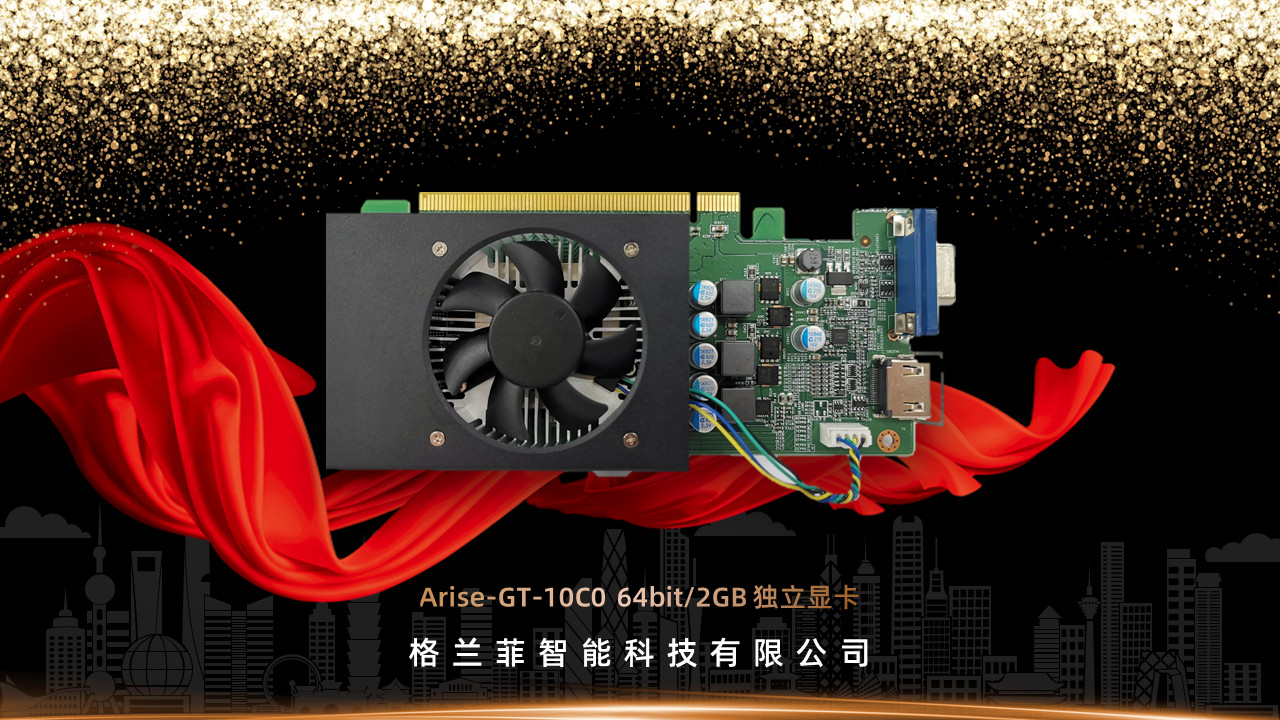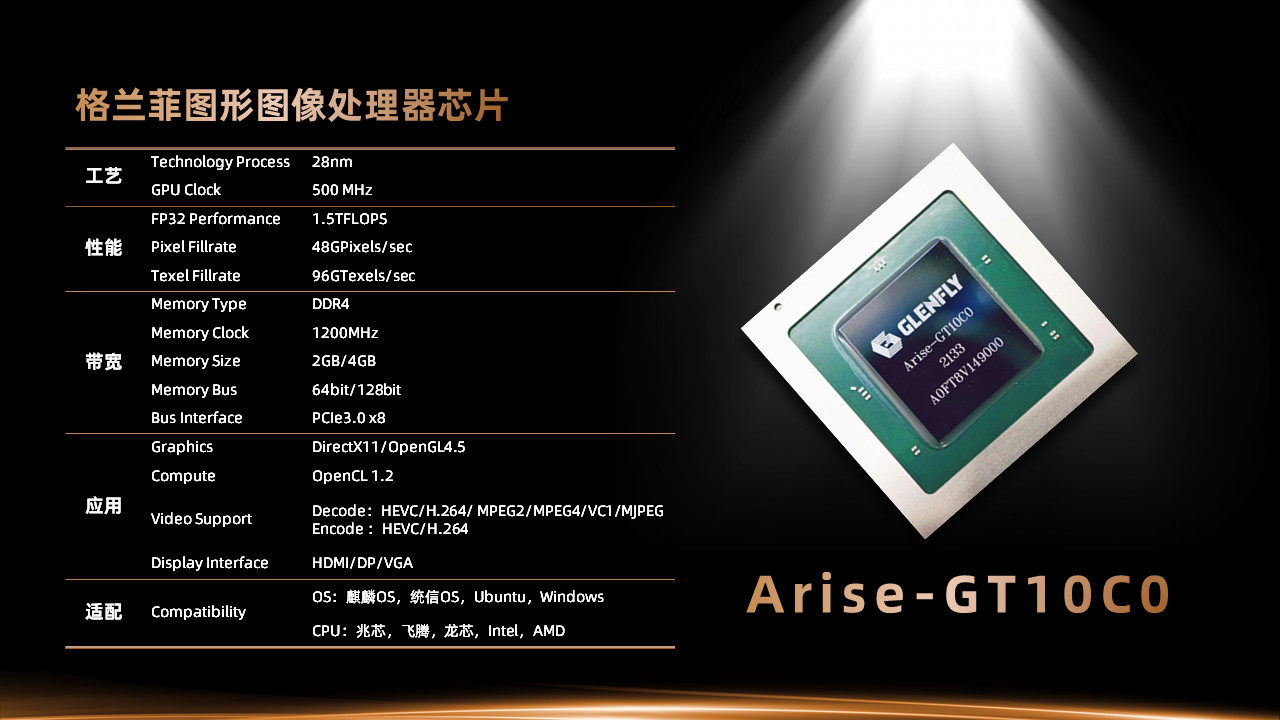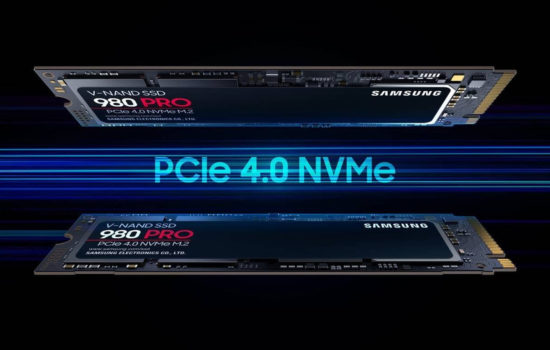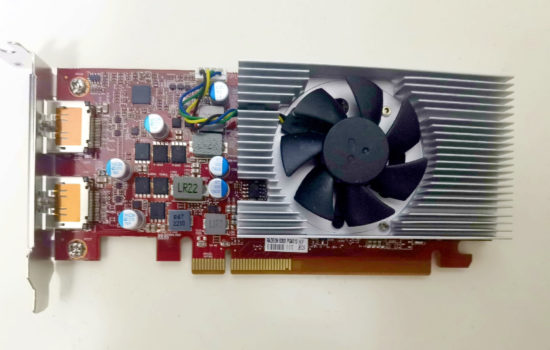Independent local CPUs and now graphics cards as well. China can now produce completely West-free PCs
There have been multiple reports about Chinese company Glenfly, which is one of the Chinese projects seeking to produce a local GPUs that would not come from abroad. It has now officially revealed the Glenfly Arise GT-10C0, its first discrete graphics card, including full specifications. Seems like it’s probably coming soon and will be an important complement to alternative Chinese CPUs like Loongson that can’t power PCs without a GPU.
Unlike other Chinese GPU attempts, which often seem to be based on licensed architectures from Imagination Technologies, Glenfly is probably an indirect continuation of GPUs from S3 Graphics and later VIA for a change. Glenfly is a subsidiary of Zhaoxin, which continues to develop VIA’s lineage of x86 processors. Glenfly thus quite possibly uses a GPU architecture similar to or derived from the integrated graphics used by Zhaoxin processors.
As expected based on the sample card photos, which have been known for a long time, the Glenfly Arise GT-10C0 is a low-performance, low-power card suitable for office setups or PCs where multimedia features are needed rather than gaming performance. The TDP is 45 W, the card is powered from the PCIe slot only and has a pretty simple single-slot cooler.

The GPU itself is manufactured using an older 28nm process, which is likely to be both due to the pressure to keep the price down and to save development costs, as this technology has significantly lower fixed costs. Glenfly is quite possibly counting on the fact that this first generation won’t have that many sales, so the investment in designing say a 14nm chip might not pay off. Even for a 28nm process the GPU has a pretty low clock speed, only 500 MHz. This in turn may indicate that the team does not have much experience in developing high-frequency chips (and thus high-performance), or that this was not emphasized during development.
1,5 TFLOPS of performance
However, according to the manufacturer, the chip is supposed to achieve a theoretical compute performance of 1.5 TFLOPS in FP32 calculations. That’s roughly 25 % more than AMD claims for their now five-year-old, low-cost Radeon RX 550 (rated 1.2 TFLOPS at roughly 1.2 GHz with 512 shaders/FP32 units). If the Glenfy architecture can handle the same number of “FLOPS” per shader and per megahertz, the GPU should probably contain 1536 shaders/FP32 units.
Of course, it must be said that TFLOPS are not everything, and at a given TFLOPS value, different graphics architectures can achieve quite a different real-world performance – more so when things like inferior drivers add to the mix. The Glenfly Arise GT10C0 probably won’t catch up to the gaming performance of the Radoen RX 550. That’s also because it has pretty underwhelming memory setup. The card is equipped with DDR4 memory. It runs at 1200 MHz (which probably means DDR4-2400), either on a 64-bit bus when the card is made with a memory capacity of 2 GB (that would mean a bandwidth of 19.2 GB/s), or on a 128-bit bus when the capacity is 4 GB (in which case the bandwidth is 38.4 GB/s). The Radeon RX 550 with GDDR5 memory has a bandwidth of 112 GB/s.

The Glenfly Arise GT10C0 card connects to the system via PCI Express 3.0 ×8 interface (it probably doesn’t need more for its performance level, so the lack of a full ×16 interface doesn’t matter) and supports DisplayPort, HDMI and analog D-Sub outputs. The reference cards seen in the company’s photos are fitted with analog output and HDMI.
The GPU supports 3D graphics acceleration in OpenGL4.5 and DirectX 11, as well as OpenCL 1.2 for general purpose compute tasks. What will likely be more important for target markets than 3D performance is going to be video acceleration technologies, where the card can decode HEVC, H.264, MPEG2, MPEG4 (probably meaning Advanced Simple Profile, i.e. XviD/DivX), VC-1 alias WMV9 and MJPEG. The GPU lacks support for VP9 and AV1 formats. It however does come with a hardware encoder block that can compress to both H.264 and HEVC.
Whatever the real-world capabilities, it’s an interesting feat: for the first time in a long time a standalone card from a new manufacturer will be on the market that will actually support running Windows – although it’s a bit of a downer that by the time Glenfly hits the market, there will already be standalone desktop GPUs from Intel on sale, who have managed this heroic feat as well. In addition to Windows, the Glenfly card will of course also support Linux (Ubuntu and Chinese distributions such as Kylin).

Locally manufactured GPUs for local alternative processors
Where the Glenfly Arise graphics might be particularly beneficial, are the alternative processor platforms that China is developing, rather than the x86 Windows PC market. In addition to Intel and AMD processors, the platforms supported by the Glenfly Arise cards include the x86 Zhaoxin, but also Loongson (MIPS), and ARM platforms are supported as well (the third of the processor brands written in Chinese in the specifications page is in fact Phytium).
While Zhaoxins have integrated GPUs, Phytium (e.g. D2000) and Loongson processors lacky any sort integrated graphics (Loongson systems used to rely on, somewhat curiously, old AMD chipsets with integrated Radeon graphics from the days when Phenom and FX processors still used HyperTransport for connectivity).

But the ability to pair them with Glenfly’s GPUs will now make desktop PCs with Phytium or Loongson processors possible. Such computers can now be produced for government and other sensitive workplaces without the need for any Western component. This should be a niche that could pay for development and production for now, though of course it is hard to say whether a large enough number of PCs is sold to these customers in China each year to maintain rentability for Glenfly’s GPU business.
Sources: VideoCardz, Loeschzwerg_3DC, BXC.com.cn
English translation and edit by Jozef Dudáš
⠀











